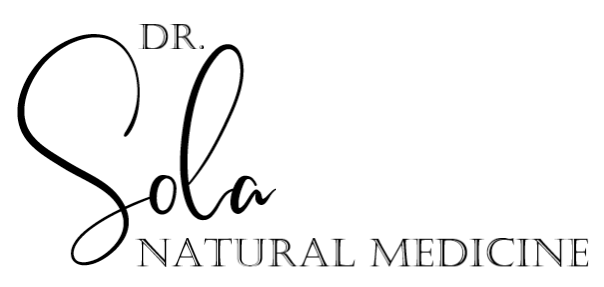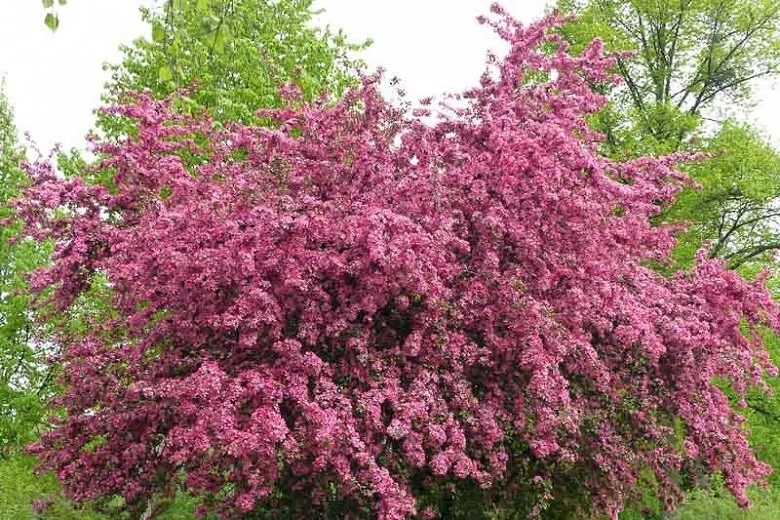
Crataegus laevigata (oxyacantha)
Common Name: Hawthorn
Family: Rosaceae (Rose family)
Parts used: Flowers, leaves, and berries
Constituents: Procyanidins are antioxidants that improve coronary circulation. Flavonoids serve as cardioactive glycosides, having negative chronotropic and positive inotropic effects on the heart. They also relax and dilate arteries and are great antioxidants. Rutin improves the integrity of blood vessels and capillaries. Anthocyanidins help stabilize collagen in cartilage and bone, helping those with arthritis, fractures, and osteoporosis.
Taste/smell: Fishy fragrant flowers, astringent leaves (sweet and sour), and slightly astringent berries.
Tendencies: Warming
Actions
Adaptogen
Anti-atherosclerotic
Anti-arrhythmic
Antioxidant
Anti-hypertensive
Astringent (especially the leaves)
Cardiac tonic
Cardiac trophorestorative
Cardioactive glycoside
Cardioprotective
CNS sedative
Collagen stabilizing
Coronary vasodilator
Diuretic
Peripheral vasodilator
Inflammation modulating
Nutritive
Uses
Atherosclerosis
Hypertension (high blood pressure)
Congestive heart failure
Edema
Coronary artery disease
Angina pectoris (chest pain)
Heart palpitations
Arrhythmias (irregular heartbeat)
Capillary fragility
Hemorrhoids
Valvular insufficiency
Cardiac hypertrophy
Venous stasis
Varicose veins
Endocarditis
Cerebral circulatory disturbances
Any functional and organic heart disorders with pain, dyspnea, precordial oppression, rapid and feeble heart action
Prevention of heart attack, stroke, pulmonary embolism, and deep venous thrombosis
Osteoporosis
Fractures
Arthritis
Mental Picture and Specifics
Hawthorn is indicated for irritable, nervous heart conditions and heart conditions related to emotional heartache or spiritual heartache from a disconnection with the spirit, in conjunction with weak or slow digestion. It helps open the heart to forgiveness of others or forgiveness of life events that may be keeping a person from healing. It is specific for all heart-related ailments. This herb is a source of nutrition and support for the heart. Symptoms are worse in a warm room and better in fresh air with quiet and rest.
Hawthorn is not used for acute illnesses. It is one of the best cardiac tonic for the entirety of the heart, blood, and blood vessels of the circulatory system. It is an adaptogen specific to the circulatory system, striving for normal healthy heart function. It is a slow-acting, nourishing plant, which needs to be taken long-term for best effects: 3 months or more. There is no restriction on the long-term use of this herb. It helps maintain healthy arteries, veins, and the heart by enhancing the connective tissue structure of the endothelial lining of the heart, blood, and lymphatic vessels. This gives these structures resiliency against injury, disease, and the normal wear and tear of aging. Thus it improves cardiac function in general.
Hawthorn improves coronary blood flow, reducing the likelihood of anginal attacks and relieving chest pain. The increased blood supply directly affects the cardiac cells, enhancing nutrition to the cells and their activity. It also decreases peripheral vascular resistance. These actions assist in lowering high blood pressure.
The flavones affect the calcium metabolism of the myocardium by inhibiting phosphodiesterase. This increases its ability to contract and support a normal rhythm.
Contraindications
None
Adverse Effects
Nausea
Toxicity
None
Interactions
Tannins may reduce the absorption of many drugs if taken simultaneously
May help reduce toxicity of cardiac glycosides, hypertensive medications, and CNS depressants
References:
Brinker, Francis J. Herbal Contraindications and Drug Interactions plus: Herbal Adjuncts with Medicines. Eclectic Medical Publications, 2010.
Kaufmann, Taylor. NPLEX II Study Guide. Wild Brilliance Press, 2019.
Lun, Vincent, et al. Core Knowledge for NPLEX 2. 1st ed., Marano Publishing Incorporated, 2014.
Marciano, Marisa, and Nikita A. Vizniak. Evidence Informed Botanical Medicine. Professional Health Systems Inc., 2015.
Sherman, John. The Complete Botanical Prescriber. Four Seasons Pub.
Skenderi, Gazmend. Herbal Vade Mecum: 800 Herbs, Spices, Essential Oils, Lipids, Etc., Constituents, Properties, Uses, and Caution. Herbacy Press, 2004.
Tilgner, Sharol. Herbal Medicine: From the Heart of the Earth. Wise Acres, 2020.









